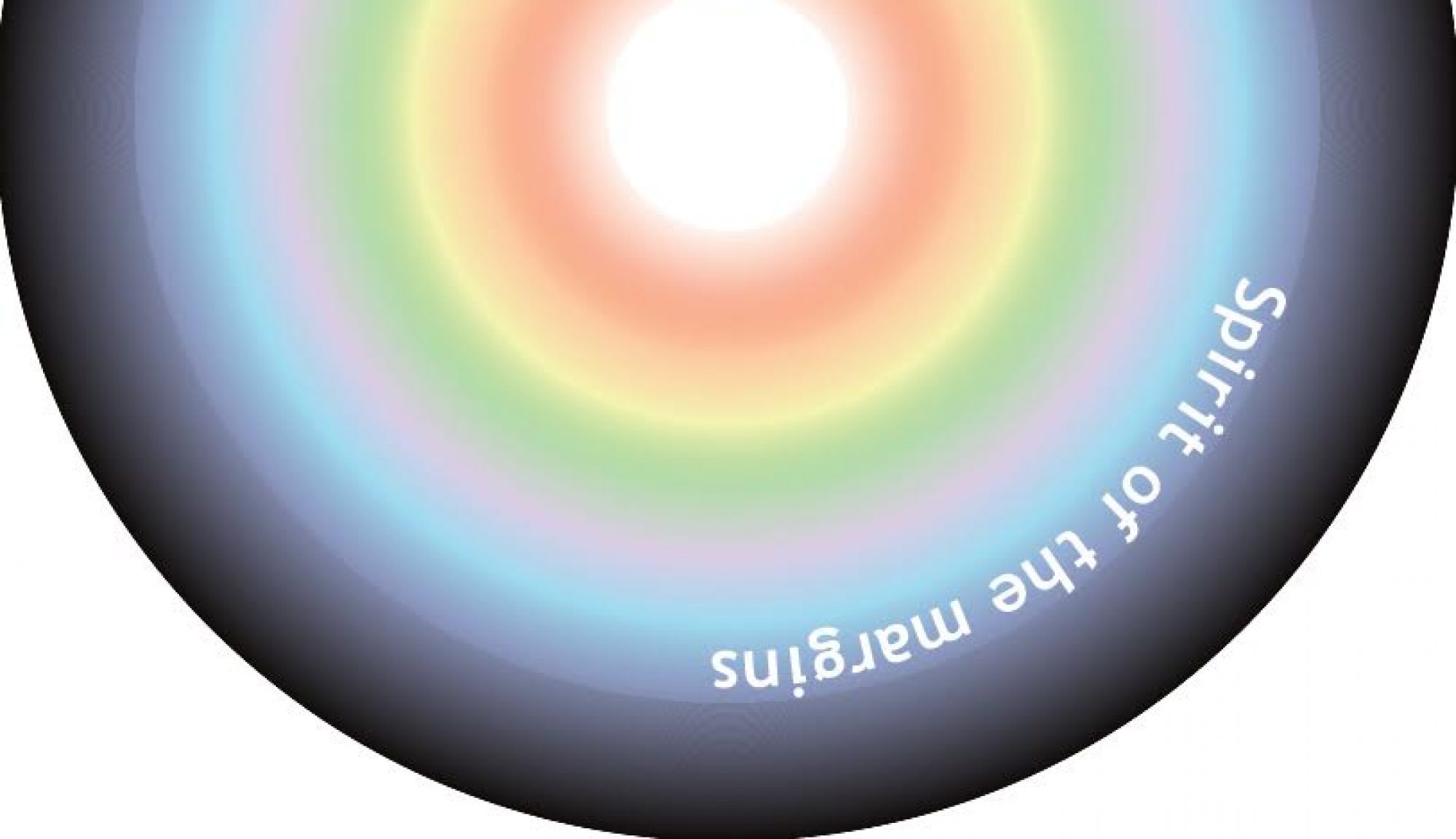The journey of death is taken by each of us alone. There is a sense of vulnerability: none of us knows for sure what will happen on the other side, even if our faith (or lack of it) may convince us otherwise. Dust to dust is the ultimate form of transformation – moving our relationships with others into another dimension.
This came back to me when I recently saw the 2008 Japanese film ‘Departures’. It depicts the story of a young man who returns to his hometown after a failed career as a cellist and stumbles across work as a nōkanshi—a traditional Japanese ritual mortician. He is subjected to prejudice from those around him, including from his wife, because of strong social taboos against people who deal with death. This is common around the world: think of the dalits or untouchables in India, for example.

The film has some gruesome moments, as well as humour. Some Western reviews have criticised its sentimentality, but I found myself touched by it. The idea that a ritual – ‘encoffinment’ – performed with beauty and dignity could bring about peace and reconciliation was deeply moving. The way he undressed and dressed the body, his manipulation of the hands, his bringing colour to the face – all with deep dignity.
It reminded me of the times I have shared with people shortly after they have died, when we touch the thin curtain that separates this life from whatever follows. It can feel initially awkward – we are not used to being next to dead bodies – but if I allow myself to overcome the initial fear, it can be a beautiful, peaceful, unique, transforming moment.
In L’Arche in France, the bedroom of the dead person would become a shrine for a day or two, with people from the house spending time to say their goodbyes, and with objects associated with the person decorating the room. Sadly, I found this almost impossible in the UK. Even in the local hospice, I learned the other day, we do not have the refrigeration equipment – essentially a cold surface – to keep the body in the room for more than 12 hours or so.
Perhaps, as with so many other margins, we need to bring death more into the centre of our lives.
